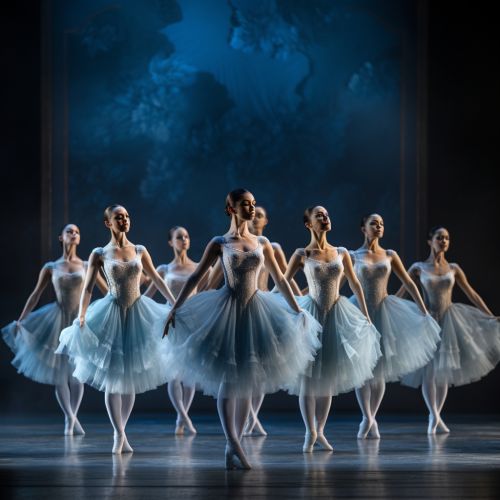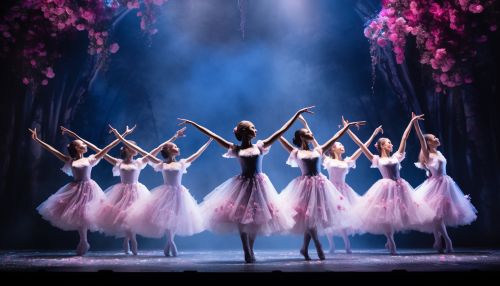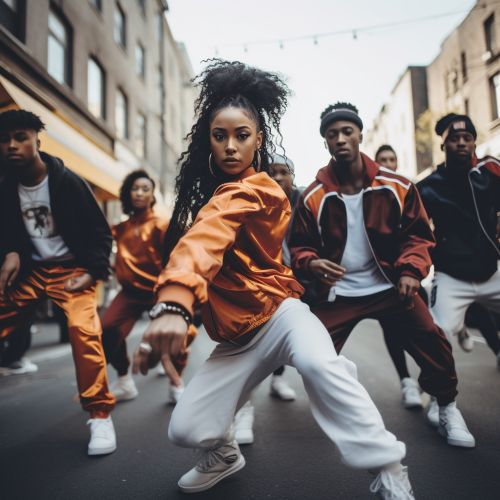List of Dance Styles
Overview
Dance is a universal language of expression, a form of art that transcends cultural and geographical boundaries. It is a physical manifestation of human creativity, emotion, and interaction, often accompanied by music. Dance styles, also known as dance genres, are specific types of dance characterized by a set of specific movements, techniques, and music. This article provides a comprehensive list of various dance styles from around the world, their origins, characteristics, and cultural significance.
Classical Dance Styles
Ballet
Ballet is a classical dance form that originated in the Italian Renaissance courts of the 15th century. It later developed into a concert dance form in France and Russia. Ballet is characterized by its light, graceful movements and its ethereal quality. It requires years of rigorous training and is known for its specific techniques such as pointe work, turn-out of the legs, and high extensions. Ballet has been influential as a foundation for many other dance genres.


Kathak
Kathak is one of the eight forms of Indian classical dances, originated from northern India. This dance form traces its origins to the nomadic bards of ancient northern India, known as Kathakars or storytellers. Kathak is characterized by rhythmic foot movements adorned with small bells (Ghungroo), and the movement harmonized to the music. The dancers tell a story through their movements and expressions.
Flamenco
Flamenco is a passionate and expressive Spanish dance form that originated in the Andalusian region of Spain. It's characterized by hand clapping, percussive footwork, and intricate hand, arm, and body movements. Flamenco is often a solo dance characterized by hand clapping, percussive footwork, and intricate hand, arm, and body movements.
Modern Dance Styles
Contemporary Dance
Contemporary dance is a genre of dance performance that developed during the mid-twentieth century. It incorporates elements from many styles of dance, making it a bit of an umbrella term. Unlike traditional ballet, contemporary dance is not associated with specific dance techniques, but rather with a dance philosophy. It focuses on spontaneity and self-expression, with dancers encouraged to create new movements.
Hip Hop Dance
Hip hop dance refers to street dance styles primarily performed to hip-hop music or that have evolved as part of hip-hop culture. It includes a wide range of styles primarily breaking, locking, and popping which were created in the 1970s and made popular by dance crews in the United States.


Jazz Dance
Jazz dance is a performance dance technique and style that first emerged in the United States in the early twentieth century. Jazz dance may refer to vernacular jazz or to Broadway or theatrical jazz. Both genres build on African American vernacular styles of dancing that emerged with jazz music.
Folk Dance Styles
Samba
Samba is a lively, rhythmical dance of Afro-Brazilian origin in 2/4(2 by 4) time danced to Samba music. Its origins include the Maxixe. Samba dancers show extravagant movements and wear bright, colourful costumes to reflect the vibrancy of Brazilian culture.
Belly Dance
Belly dance, also referred to as Arabic dance, is an expressive dance which emphasizes complex movements of the torso. It has evolved to take many different forms depending on the country and region, both in costume and dance style.
Irish Stepdance
Irish stepdance is a style of performance dance with its roots in traditional Irish dance. It is generally characterized by a stiff upper body and quick and precise movements of the feet. It can be performed solo or by teams.
